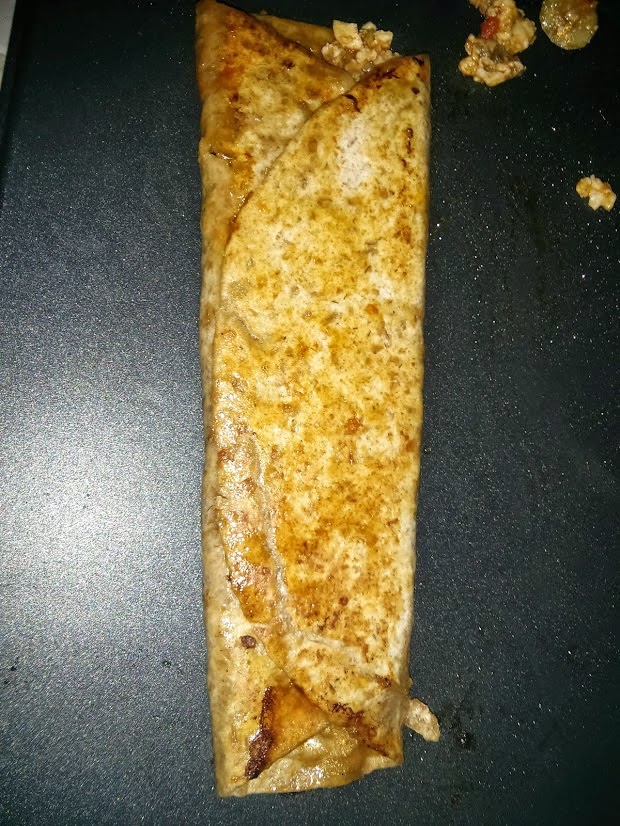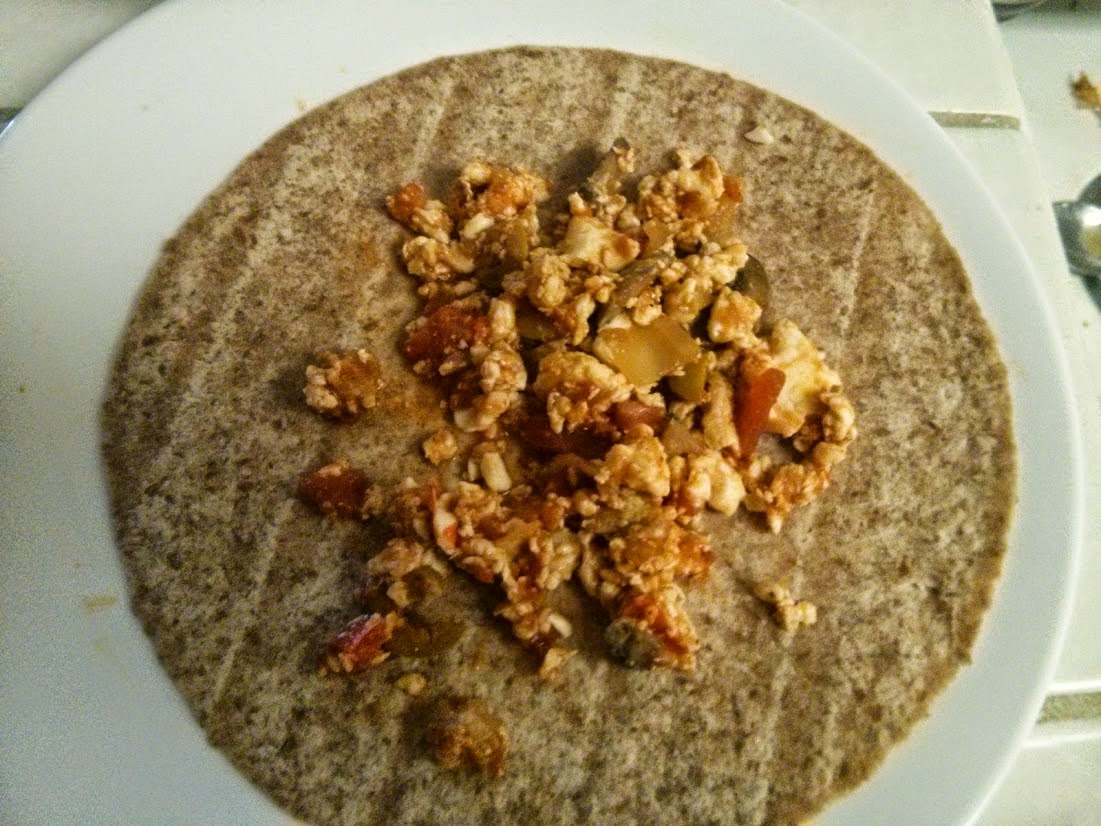The blog discusses current affairs and development of national economic and social health through unique idea generation. Consider the blog a type of thought experiment where ideas are generated to be pondered but should never be considered definitive as a final conclusion. It is just a pathway to understanding and one may equally reject as accept ideas as theoretical dribble. New perspectives, new opportunities, for a new generation. “The price of freedom is eternal vigilance.”—Thomas Jefferson
Monday, April 21, 2014
Art History: The Allegory of Spring
The Allegory of Spring (Primaver) was painted in 1842 during the Italian Renaissance by Sandro Botticelli (1). He was raised as a tanner and made considerable fame in his lifetime. Some of his works were destroyed by himself later in life when he followed the direction of a famous monk. His works were powerful and he was once invited to paint in the Sistine Chapel (2). Only the best in Europe would be invited to engage in such activities and work for the Papacy.
There are a number of theories as they relate to the painting. One seems to stand out against the others in terms of a combination of a popular poem and mythology of the time. It is believed the painting exists in the realm of Venus with Zephyrus (blue face) chasing Flora, Flora who scatters flowers to create spring, and Venus who protects men (3). She appears pregnant as a sign of giving new life. To the left are three Graces who dance and Mercury who dissipates the clouds above.
It is a mythological story about marriage and children (4). At a time when women did not choose their husbands this story helps show how love and then marriage creates new life in the form of birthing of children (flowers in the picture). Venus is there to protect marriage and encourage the values of chastity, beauty and love.
It is believed that the painting was completed for the marriage of a young couple within the Medici family (5). It is a salute to a young couple in love that could afford to be married on their own terms. It is hoped they are protected by Venus and have many children. The wedding gift of choice likely was an expensive patronage by one of the powerful Medici family members.
Either way the painting is a great representation of the interpretation of life. Stories and narratives help create cultures. The more people who engage and believe in stories the more people become tied to an identity. Ancient mythology gave advice about life and tried to explain the world to the people who listened to them. They became a way of viewing the world and help explain its very purpose.
Capretti, E. (2002). Giunti Editore. Firenze Italy. ISBN 978-88-09-21433-0.
Sunday, April 20, 2014
The Microfoundations of Solving Complex Business Problems
Solving problems is a natural part of business development.
Every organizational will need to solve particular problems if they hope to
overcome market challenges and economic environments. The complexity of today’s
global business environment requires better decision making that ensures the
best solutions are forthcoming to enhance opportunities. A study by Baer et. al
(2013) delves into a theory of the
microfoundations of decisions that help to predict impediments to solution
formation when complex and ill-structured problems present themselves.
Problem formation has always been the fundamental
stumbling block and main activity of strategic decision making (Quinn, 1980).
Without solutions to problems organizations cannot move forward in their
development and may be derailed by personalities, vantage points, bounded
rationality, and poor decision-making process that take their toll on
profitability.
Complex problems are more likely to be derailed by
the microfoundations of decision making due to the inherent self-interest of
the decision makers themselves. In complex problems there are simply many more
places for them to insert their own needs and interests into the solution
thereby creating poor results. A problem is complex when it has lots of varying
variables, a high degree of connectivity among the elements, and dynamic
actions that change the situation over time (Watson, 1976).
Teams are naturally limited by their bounded
rationality or knowledge and cognitive capacity to understand and solve these
complex problems (Simon 1957). Heterogeneous teams allow for greater diversity
of thought and the loosening of social structure to incorporate new
perspectives and vantage points into the problem. They can help avoid “tunnel
vision” or the need to use their limited cognitive capacity on well-worn
solutions and selective approaches.
The authors believe that framing the problem and
then formulating the root of the problem is the best approach to handing
complex problems. Framing includes the writing down of symptoms of the problem,
correlating those symptoms, and then settling on the important ones. Solutions should not be discussed until all of
the symptoms are agreed upon to ensure tunnel vision doesn’t make its way into
the process. Once the problem is framed the seeking it is important to see
determine the root cause. That root can be used as the catalyst to finding
effective solutions.
Baer, et. al. (2013). Microfoundations of strategic problem formulation Microfoundations
of strategic problem
formulation. Strategic
Management Journal, 34 (2).
Quinn J. (1980). Strategies
for Change: Local Instrumentalism. Irwin: Homewood, IL.
Simon H. (1957). Models
of Man: Social and Rational. Wiley: New York.
Watson C. (1976). The problems of problem solving. Business Horizons, 19: 88–94.
Saturday, April 19, 2014
Low Fat Breakfast Burrito Recipe
Healthy choices in eating doesn’t need to be difficult if
you can cook basic recipes that cut out the least healthy parts. A low fat
breakfast burrito can have low fat and lots of nutrients while still tasting
better than the burritos offered at many of your local restaurants. In my
experience, this recipe offers all of the taste without all of the unhealthy
fat. It takes around 10-15 minutes to make.
Direction:
-Dice mushrooms, onions, peppers, and olives (may include
anything else you want). Saute until tender. Approximately a ½ cup for each
burrito is needed. (100 calories)
-Mix in 1 tablespoon spaghetti sauce or salsa depending on
taste. (10 calories)
-Add eggs to pan while removing the yokes. (2 eggs per
burrito). Cook until egg whites are finished. Ensure you add the spices you
want (garlic and pepper work well). (38 calories)
-Spread out whole wheat tortilla and place mixture in center
(approximately a cup). Fold tortilla to make a burrito. (92 calories)
-Use Pam or low fat oil to griddle burrito to make crispy.
If you use olive oil it will be an extra 100 calories but contain healthy
fats).
Total Calorie count is 200 to 250.
Ingredients:
-Tablespoon spaghetti sauce or salsa
-1/2 cup of sautéed mushrooms, onions, peppers and olives
-Spices for taste
-Eggs with yoke removed.
-Cooking oil or Pam
Subscribe to:
Posts (Atom)



